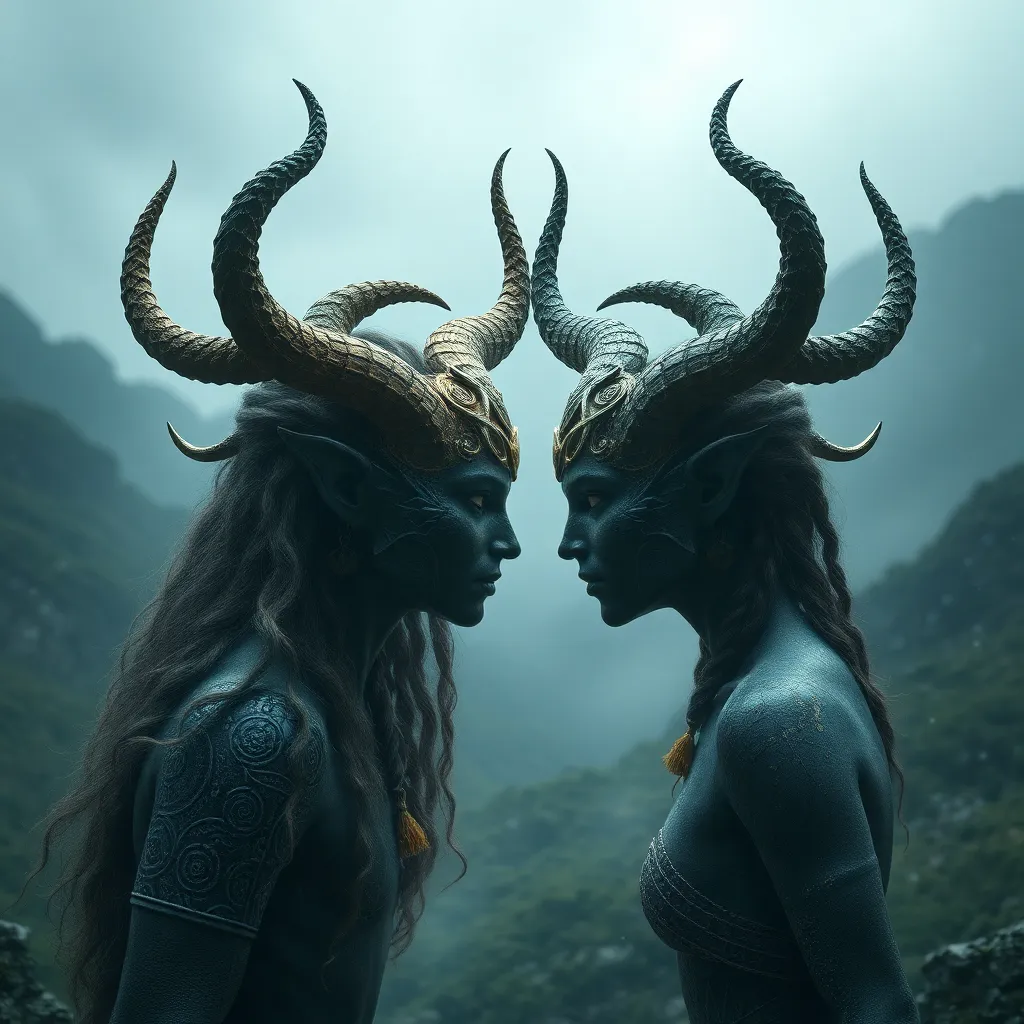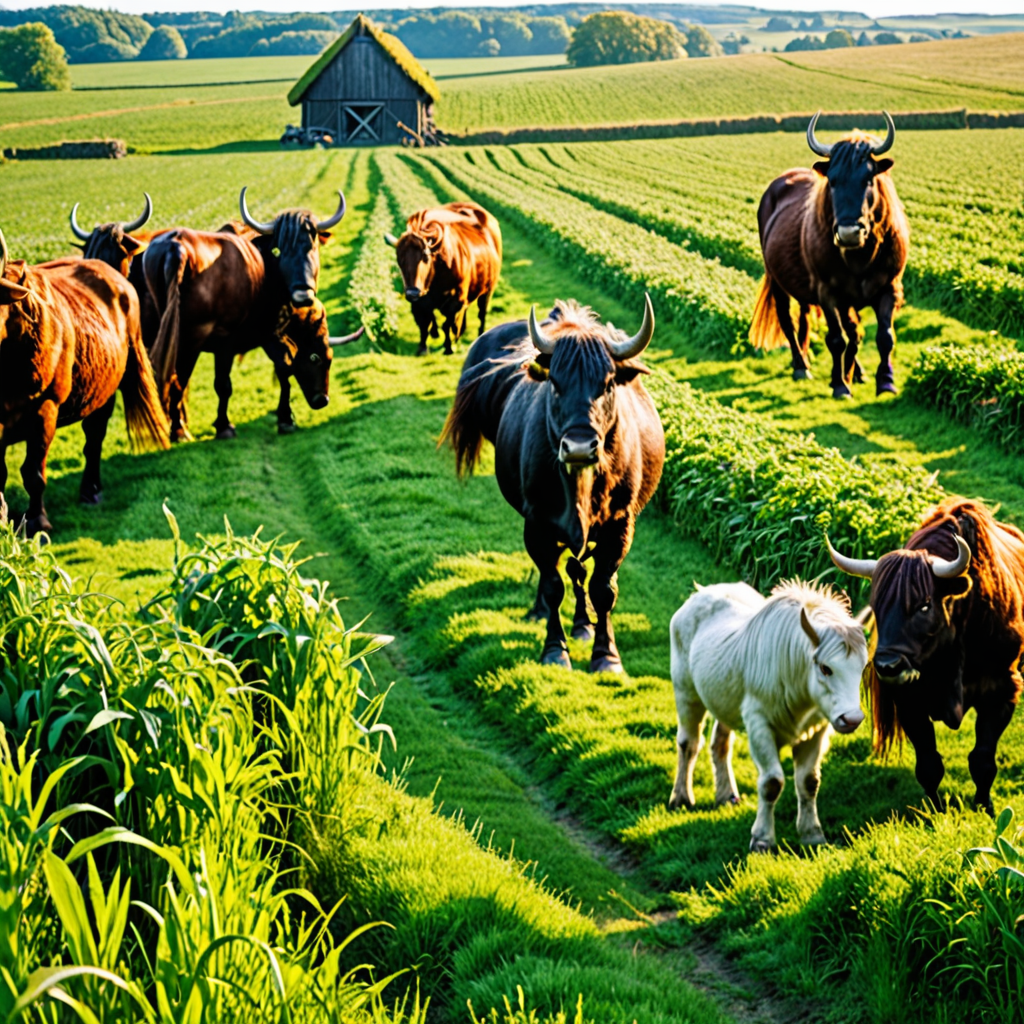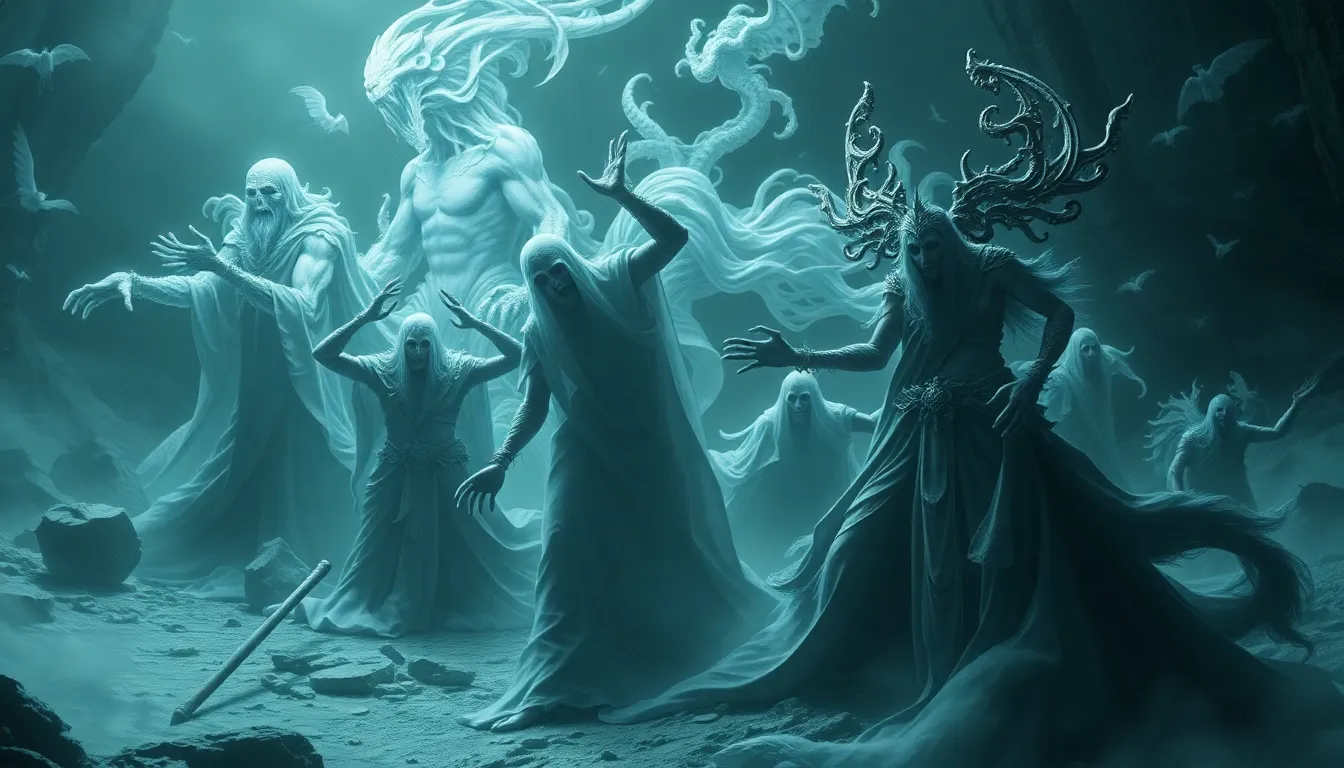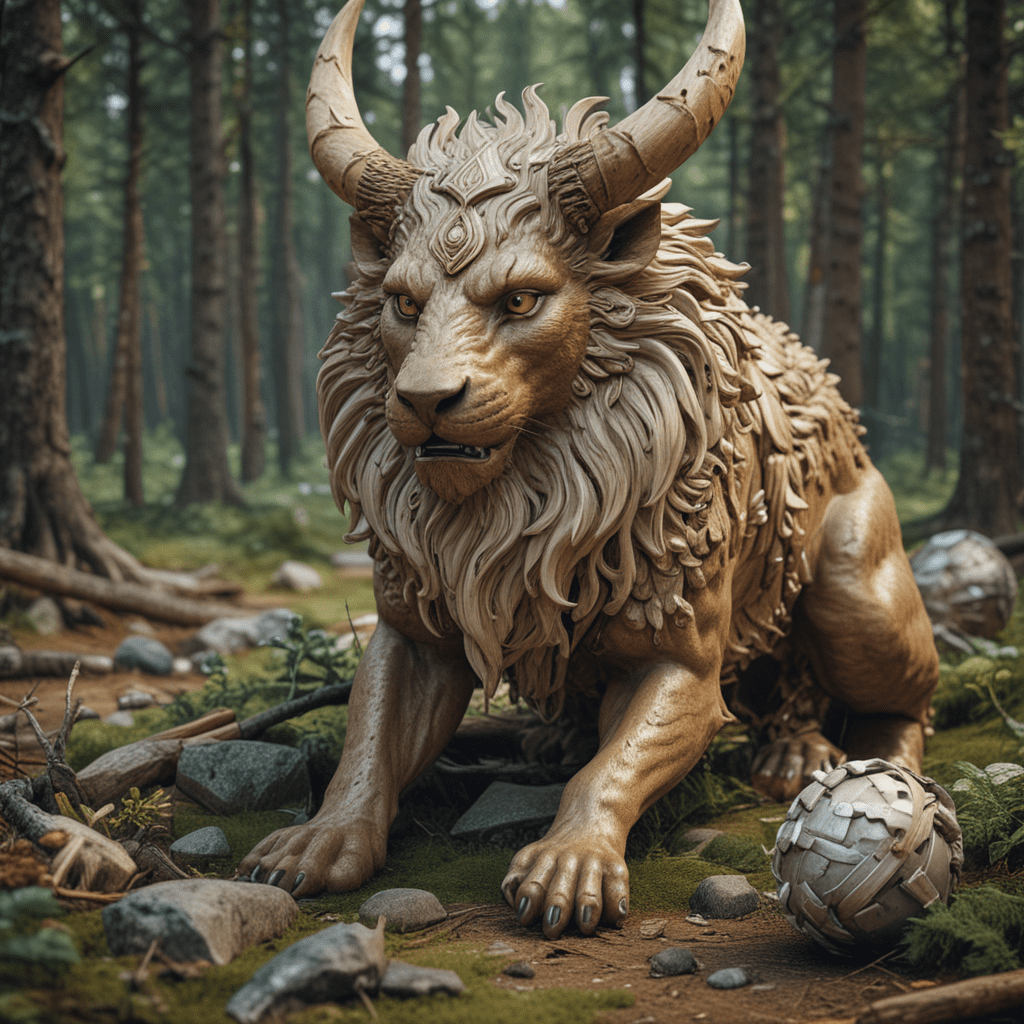The Huldra’s Doppelganger: The Untold Story of the Human-Huldra Connection
I. Introduction
The Huldra is a captivating figure from Scandinavian folklore, often depicted as a beautiful woman with a cow’s tail who lures men into the forest. This mythical being has its roots in Norse mythology, where she embodies the mysteries of nature and the duality of beauty and danger.
Doppelgangers, on the other hand, are often considered a reflection of one’s self or an evil twin that embodies the darker aspects of human identity. The concept of doppelgangers has fascinated cultures worldwide, serving as a metaphor for the complexities of human nature.
This article aims to explore the intriguing connection between humans and the Huldra, delving into how her myth intertwines with the concept of doppelgangers, and what this reveals about ourselves.
II. The Mythical World of the Huldra
The Huldra’s characteristics are as enchanting as they are complex. Traditionally, she is described as a stunningly beautiful woman with long hair and a seductive appearance, yet she conceals her true nature with her cow’s tail.
- Beauty and Allure: The Huldra’s beauty is often irresistible, drawing men into her domain.
- Nature Spirit: She is considered a guardian of the forests and a symbol of the wild, representing the untamed aspects of nature.
- Dual Nature: The Huldra embodies both benevolence and malevolence, as she can be both a helper and a deceiver.
Historically, the Huldra has held significant cultural importance in Scandinavian folklore, often serving as a cautionary tale about the dangers of succumbing to temptation. Her role in nature is symbolic of the delicate balance between humanity and the wilderness, representing the consequences of disrespecting the natural world.
III. The Concept of Doppelgangers in Folklore
Doppelgangers are often described as identical copies of a person, traditionally signifying an ominous presence or a warning of impending misfortune. Cultural interpretations vary widely, but they generally convey themes of identity, duality, and the human psyche.
- Identity Reflection: A doppelganger often represents one’s inner struggles, fears, and hidden desires.
- Cultural Variations: Different cultures have unique interpretations of doppelgangers, from the fetch in Irish folklore to the wraith in English tradition.
These myths serve to explore the complexities of identity and the duality inherent in human nature, revealing the darker aspects of the self that are often hidden from view.
IV. The Human-Huldra Connection: Historical Perspectives
The belief in human-Huldra relationships traces back to ancient Norse traditions, where encounters with the Huldra were viewed with a mix of awe and fear. Many folklore accounts describe men who were lured away by the Huldra, sometimes leading to their disappearance or madness.
- Historical Accounts: Tales abound of men who ventured into the woods and returned with stories of beautiful women, only to vanish into the wilderness.
- Symbolic Encounters: These encounters often symbolize the struggle between civilization and nature, revealing the allure of the wild.
In many ways, the Huldra can be seen as a reflection of human emotions and desires, embodying the fears and temptations that challenge societal norms.
V. Psychological Interpretations of the Huldra Figure
The Huldra represents a powerful female archetype within folklore, embodying both nurturing qualities and potential danger. This duality is central to her mythos, as she encapsulates the complexities of femininity.
- Archetypal Representation: The Huldra can be seen as a representation of the anima, or the feminine aspect of the male psyche.
- Beauty vs. Danger: The tension between her alluring beauty and the danger she poses reflects the dual nature of attraction and repulsion.
These psychological interpretations suggest that the human-Huldra connection speaks to deeper aspects of the human experience, particularly regarding relationships and self-identity.
VI. The Huldra in Modern Media and Popular Culture
In contemporary literature, film, and art, the Huldra has resurfaced, often reimagined to fit modern narratives. This resurgence highlights a growing interest in folklore and its themes.
- Literature: Authors have reinvigorated the Huldra myth, placing her in urban settings or as part of fantasy worlds.
- Film and Television: The Huldra appears in various media, often as a symbol of mystery or danger.
- Art: Visual representations of the Huldra continue to explore her dual nature, reflecting modern interpretations of femininity.
These modern interpretations not only preserve the essence of the Huldra but also enrich our understanding of her character and the folklore surrounding her.
VII. The Huldra’s Influence on Human Identity and Relationships
The stories of the Huldra have profound implications for human relationships, highlighting the complexities of attraction and the dangers of temptation. The metaphor of the doppelganger can serve as a reminder of the hidden aspects of ourselves that we may not fully understand.
- Impact on Relationships: Huldra stories often reflect the challenges in romantic relationships, illustrating the fine line between love and obsession.
- Personal Identity: The concept of doppelgangers prompts individuals to explore their own identities and the duality within themselves.
Ultimately, the lessons learned from the Huldra myth can guide contemporary society in navigating personal relationships and understanding the multifaceted nature of identity.
VIII. Conclusion
In summary, the exploration of the Huldra and her connection to the concept of doppelgangers reveals essential insights into human nature. The Huldra embodies the complexities of beauty, danger, and the duality of identity, serving as a timeless figure in folklore.
Her legacy continues to resonate, reminding us of the importance of understanding the deeper aspects of ourselves and our relationships with others. As we reflect on the Huldra’s enduring significance, it becomes clear that exploring folklore is crucial for understanding the intricacies of human nature and the universal themes that bind us all.



